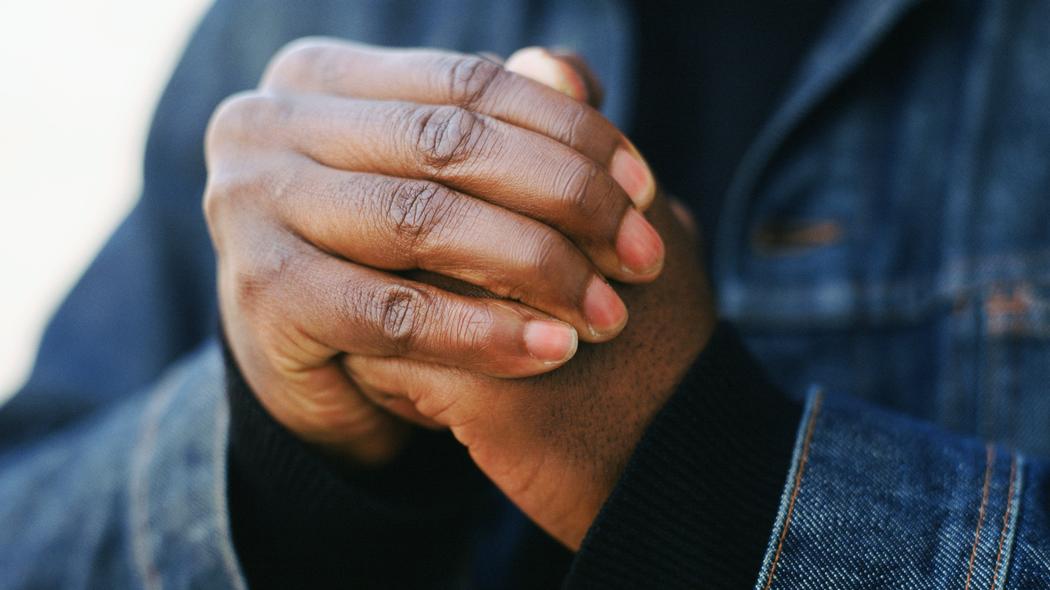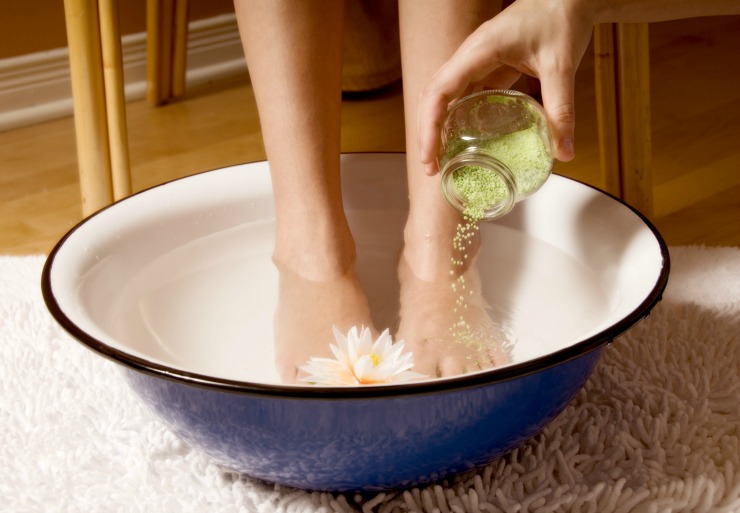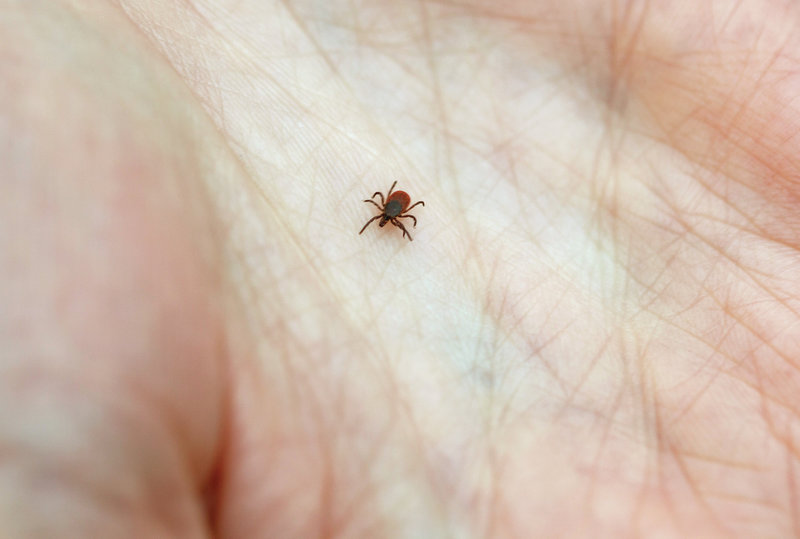Will Cracking My Knuckles Give Me Arthritis?
The final answer to whether your grandma’s threats are true.
If grandparents could collectively coin a term, it would probably be, “Stop cracking your knuckles—it’ll give you arthritis!” As a kid, I had no clue what arthritis was, just that it was a painful thing crotchety old people had to deal with as punishment for being alive for too long. I heard the threat so many times that I started to accept it as a fact and actively tried to resist the urge to crack.
Now I’m wiser, and I know the loving people who raised me weren’t telling me to stop because they wanted me to be pain free but because they thought it was fucking annoying. Slapping a threat on to the end of a demand is a surefire way to get a kid to listen to you. “Don’t eat that candy—your teeth will fall out!” Or, “Stop watching TV—your brain will turn to mush!” There’s a reason people talk about scaring others into submission: It can work.
But I ate all the candy and I still have all my teeth. I watched all the TV and my brain is still intact. And I crack all my knuckles and I don’t have arthritis, or any other joint issues. I do it, my friends do it, people sitting next to me on the subway do it, and all our digits seem to be perfectly bendy. But what’s really happening when we crack our knuckles? Could it lead to long-term damage?
You have joints all throughout your body, in your fingers, hips, shoulders, neck, back, and wrists. Each of your fingers has three joints, but you’re probably dealing with two in particular when you’re cracking away: the metacarpophalangeal joints closest to your palm, and the proximal interphalangeal joints about halfway up your fingers. Each of these joints is made up of two bones with a cartilage cap on either end. The whole structure is held together by a sheet of ligaments called the capsule.
To glide against each other, these bones need some lubing, kind of like a dick before anal sex. If you can’t relate, let’s compare it to something more tame: “In order to get the cartilage moving, you need fluid, just like you need oil in your car for the engine to work,” says Afshin Razi, an orthopedic surgeon at New York University. The joints in your fingers are synovial joints, and the inner membrane secretes synovial fluid that keeps things running smoothly. When you bend your fingers, the fluid releases tiny gas bubbles that come and go very quickly.
Scientists have been arguing for decades about what actually causes the pop when you crack your knuckles. In the 40s, a group of researchers said it came from a large gas bubble forming between the two bones. In the 70s, another group said, “Nope”—the pop actually comes from a bubble collapsing between the bones, they claimed.
Since then, someone somewhere invented magnetic resonance imaging (MRI), so now researchers can watch what happens inside your finger in real time. Greg Kawchuk, a professor of rehabilitation medicine at the University of Alberta, wanted to figure it out, so he stuck a colleague’s hand in an MRI machine. You can’t get a clear picture if you move inside the MRI, so they had to McGyver their way to success: The researchers put the man’s finger in a finger trap and attached it to a rope. Then, someone standing outside the MRI lightly pulled and pulled until the man’s finger cracked.
On the MRI they were using, white signaled the presence of bones or fluids. Since there’s always some of that synovial fluid in your finger joints, Kawchuk’s team wasn’t surprised to see a little white spot between the two bones at the start. But as the finger inched its way to cracking, the bones separated slightly and then,poof. “When the crack happens, the white spot goes away and suddenly these big black spots appear,” Kawchuk says. “The bubble is black, and with the MRI we were using, that’s consistent with a gas.” Their research was published in PLOS One.
With normal movements, your finger joints release tiny gas bubbles that quickly dissipate; when you crack your knuckles, it’s like the same thing happening on steroids. Instead of tiny bubbles forming, one (relatively) large bubble forms. “When you’re not cracking your joints anymore, those gases dissolve back into the fluid,” Kawchuk explains. “That’s why it takes ten or 15 minutes before you can do it again.”
The cranky geezers telling me to “stop that, or else,” were no scientists, believe me. So were their threats based on intelligence, or simply a short fuse? Research has shown over and over again that, no, cracking your knuckles does no damage. In fact, one study even found a higher rate of osteoarthritis in the hands of people who didn’t crack their knuckles. Take that, grandma.
One doctor was so determined to prove the threats from “his mother, several aunts, and, later, his mother-in-law” wrong that he set up his own single-person, two-arm experiment: For 50 years, Donald Unger spared his right hand and cracked the fingers on his left hand every day. At the end of the half century, he found no more arthritis in his left hand than his right. His “research” earned him an Ig Nobel Prize, a parody of the legitimate award ceremony that celebrates ten trivial and unusual achievements in scientific research every year.
“We get so much arthritis in our hands over time, I think it’s pretty tempting for people to make the association,” Kawchuk says. After his study came out in 2015, he heard from lots of people who are completely turned off by the cracking sound, even some who ended their relationships over it. “My feeling on this is that some people find it so repulsive that they actually have made up these stories historically to get people to stop.”
Unless your friends, partner, coworkers, or roommates are shunning you for the habit, feel free to crack away—or just do it when you’re solo. “There’s no scientific evidence that it can cause arthritis,” Razi says. “Personally, I wouldn’t care about it.”
Source: TonicVice
“Will Cracking My Knuckles Give Me Arthritis?” by:Michelle Malia


